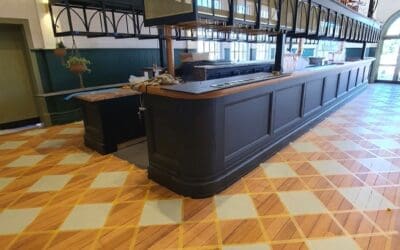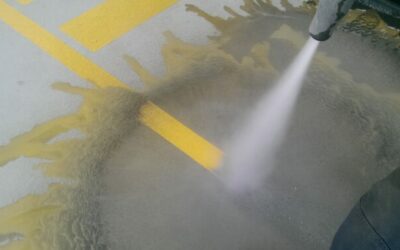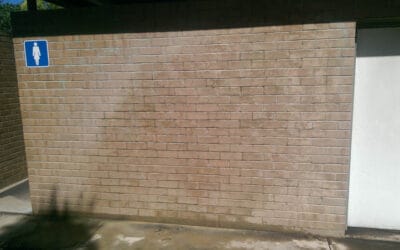How To Prepare A Surface For Commercial Painting?
As a business owner or commercial property manager, maintaining the appearance of your establishment is crucial. One way to achieve an updated and fresh look is through commercial painting. However, it involves more than just picking a color and slapping it on the wall. Proper surface preparation ensures the paint adheres well and lasts longer.
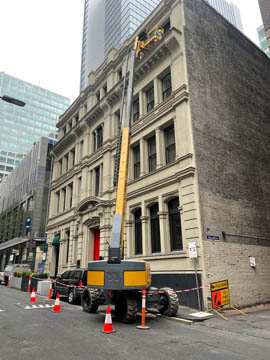
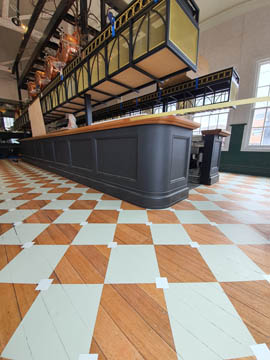
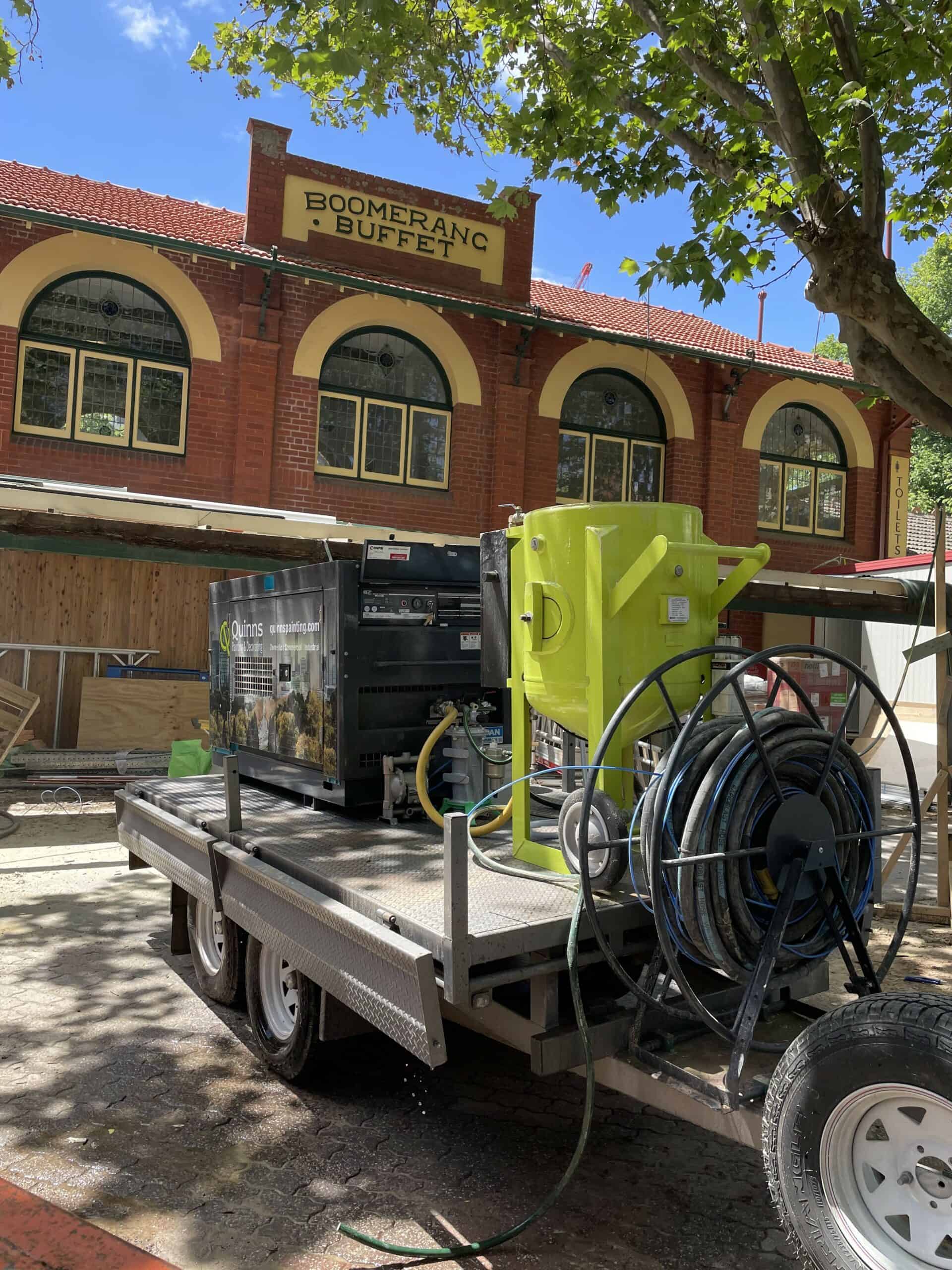
1. Clear The Commercial Surface Being Painted
The first step in preparing a surface for commercial painting is to clear the area of furniture and other items that could obstruct your work. It includes taking out any decorations and pictures and temporarily removing fixtures. It also includes cleaning surfaces such as windows and doors for a smooth surface to work on.
2. Remove Any Existing Paint
Attempting to paint over old paint that is flaking or chipping off is not a good idea, as the new paint will not stick. Use appropriate tools, such as a scraper or power sander, to remove the old paint. Wear safety gear such as goggles and facemasks, especially when using power tools, to avoid inhaling dust or paint particles.
3. Prepare The Surface
Prepare your commercial by sanding, scraping off loose paint, or filling in cracks/gaps
The next step is to prepare the surface by ensuring it is smooth and even. It involves sanding the surface to remove roughness, smoothening out affected areas, and scraping off loose paint. If the site has any cracks, holes, or gaps, use a filler such as putty to fill them in. After the surface is dry, sand it again to ensure it is even.
4. Clean The Area
It is essential to remove dust and debris from preparation
After preparing the surface, the next thing to do is to remove any dust or debris. You can use a vacuum cleaner, but ensure you vacuum the surfaces and floor. Use a clean cloth to wipe down the surface and ensure no dust or debris is present as you paint.
5. Prime The Surface To Ensure Even Paint Absorption
Priming is essential in commercial painting as it ensures even paint absorption. The primer creates a layer on the surface that helps the paint stick better and seals porous areas. You can use a sprayer, roller, or brush to apply the primer. Ensure the primer dries entirely before proceeding to the next step.
6. Apply Sealer To Protect Your Surface From Moisture And Dirt
After the primer is dry, you can apply the sealer. The sealer protects the painted surface from moisture and dirt, ensuring the painted surface lasts longer. Apply the sealer with a sprayer, roller, or brush and ensure it dries completely.
In conclusion, preparation is necessary for commercial painting as proper preparation ensures successful paint installation. You will enjoy a smoother, more efficient painting process by following the steps outlined above. Above all, exceptional results for your commercial property. Contact Quinns Painting for your professional commercial painting needs.

